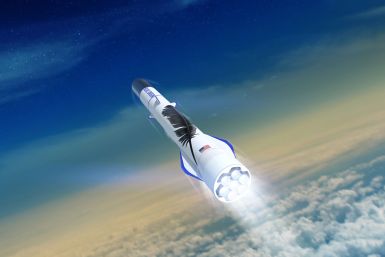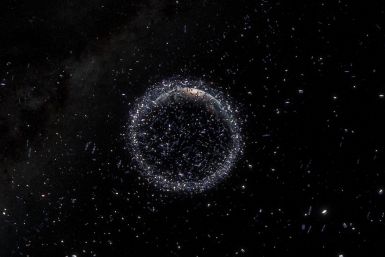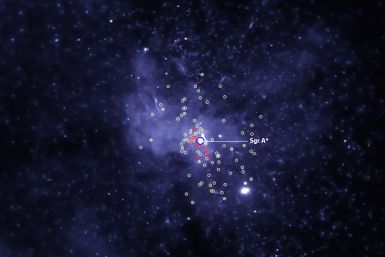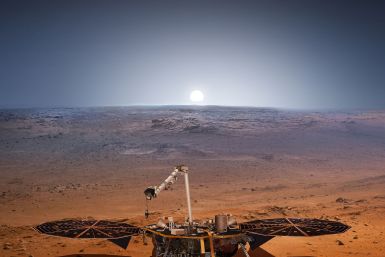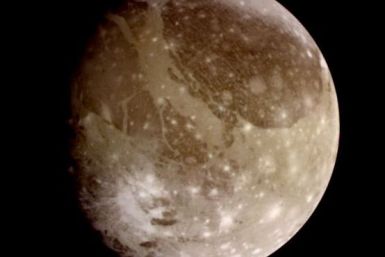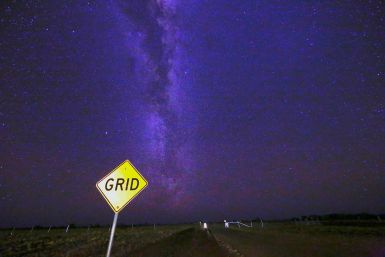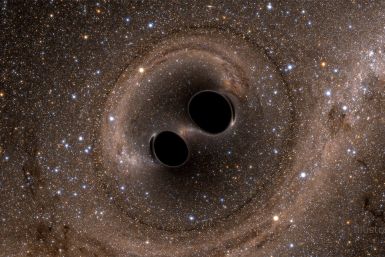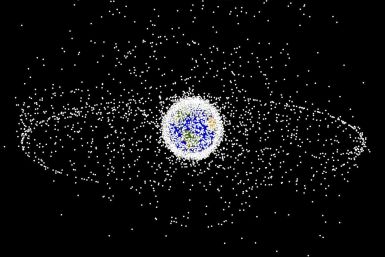All countries that are members of the United Nations would be welcome to cooperate and jointly utilize the future China Space Station, Chinese ambassador to the U.N. said Monday.
Amazon CEO Jeff Bezos was speaking Friday evening at the International Space Development Conference in Los Angeles, where he gave details about what his space exploration company Blue Origin was up to.
The rarely observed form of light emissions as lasers from space was seen in infrared wavelengths, coming from the well-known Ant Nebula, or Mz 3, a planetary nebula about 8,000 light-years away.
The discovery was based on the Atacama Large Millimeter/submillimeter Array of radio telescopes finding traces of the oldest and most-distant oxygen known in the universe.
The idea to put lasers on the International Space Station is not new, but the technology to make it practically viable is only just coming into its own.
A new model suggests even if there is a multiverse, in which some universes have a lot more of the mysterious dark energy than in our universe, stars and planets would still form there, and so could life.
The discovery of the X-ray pulsar in the binary system was made using NASA’s Neutron star Interior Composition Explorer (NICER) mission, which was installed on the International Space Station in June 2017.
NASA’s Chandra X-ray Observatory has found evidence for thousands of black holes within three light-years of Sagittarius A*, the supermassive black hole at the Milky Way’s center.
NASA has partnered with Uber to make the latter’s goal of launching flying taxis possible.
InSight is a lander mission to Mars, and the spacecraft will be the first interplanetary launch for NASA to take place from the West Coast.
Jupiter’s moon Ganymede, the largest planetary satellite in the solar system, was studied by NASA’s Galileo spacecraft between 1996 and 2000. It is the only known moon with a magnetosphere.
Interior Exploration using Seismic Investigations, Geodesy and Heat Transport, or InSight, is a NASA lander mission to Mars — a spacecraft that will stay stationary on the red planet’s surface.
The star that went supernova 40 million light-years away was part of a binary star system. The Hubble Space Telescope has now spotted the other star in the explosion’s fading afterglow.
The European Space Agency’s Gaia satellite has mapped the location of almost 1.7 billion stars. Another study, led by Yale University, suggests the Milky Way has a number of supermassive black holes.
On Tuesday, the Hubble Space Telescope completes 28 years of observing the universe. During this time, it has captured incredible images of various objects in space with unprecedented detail.
NASA and the European Space Agency launched Hubble Space Telescope on April 24, 1990. On Thursday, they released stunning photographs of the Lagoon Nebula to celebrate the anniversary.
Researchers are looking at stars’ “DNA” — their chemical composition — to identify those which came from the same stellar nursery as our sun, before the Milky Way torn apart the star cluster.
The new method is a thousand times more sensitive than previous gravitational-wave detecting techniques.
Intelligent alien signals from outer space could be in dimensions that are beyond our current abilities of perception, such as the mysterious dark matter and dark energy.
The demonstration of the two technologies could finally help agencies remove more than 7,500 tones of debris hurtling in space.
A study suggested the specific climate conditions in the skies above Venus's blazing surface could be hospitable to bacterial life.
The two galaxies have been locked in a tug-of-war just outside our own Milky Way.












